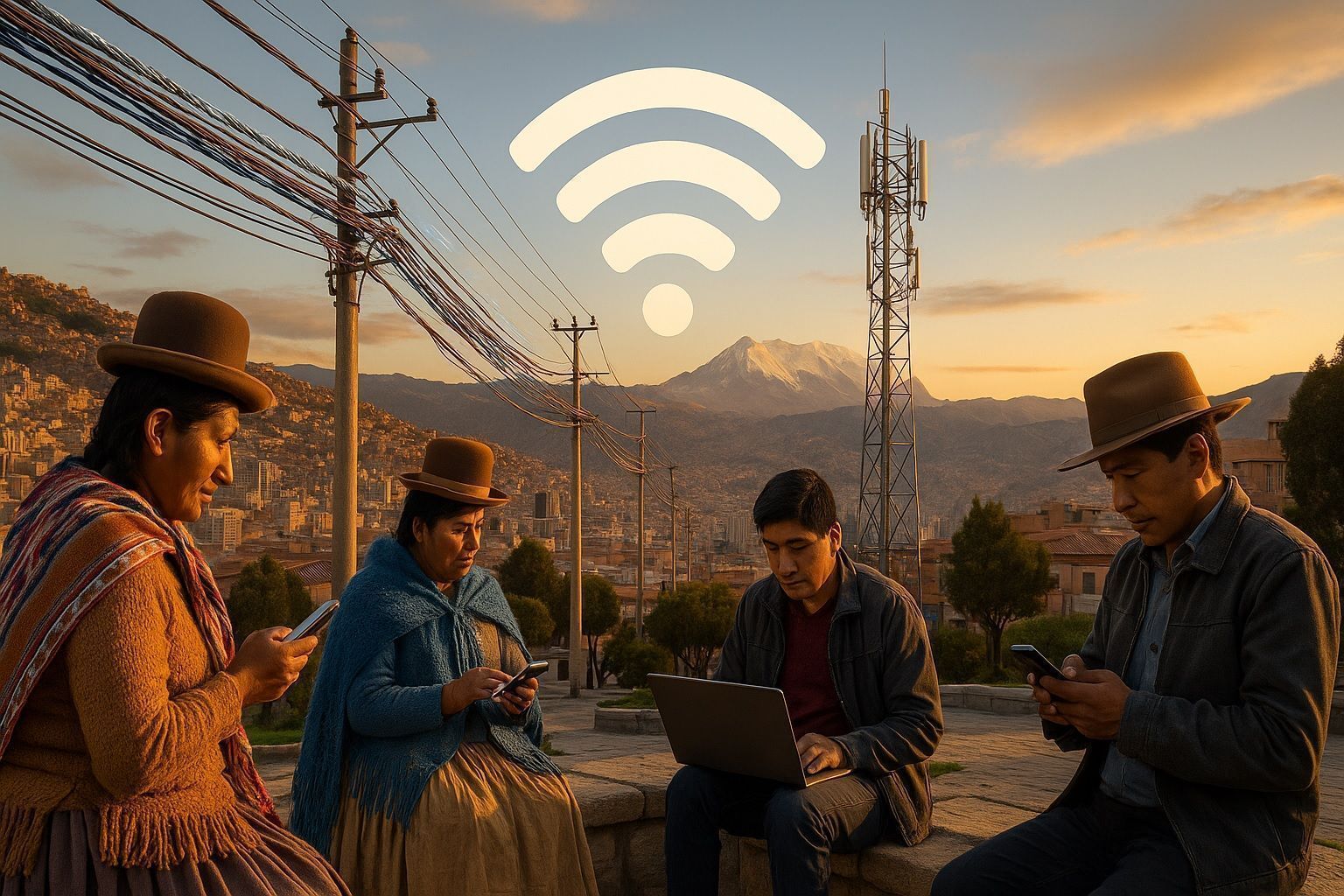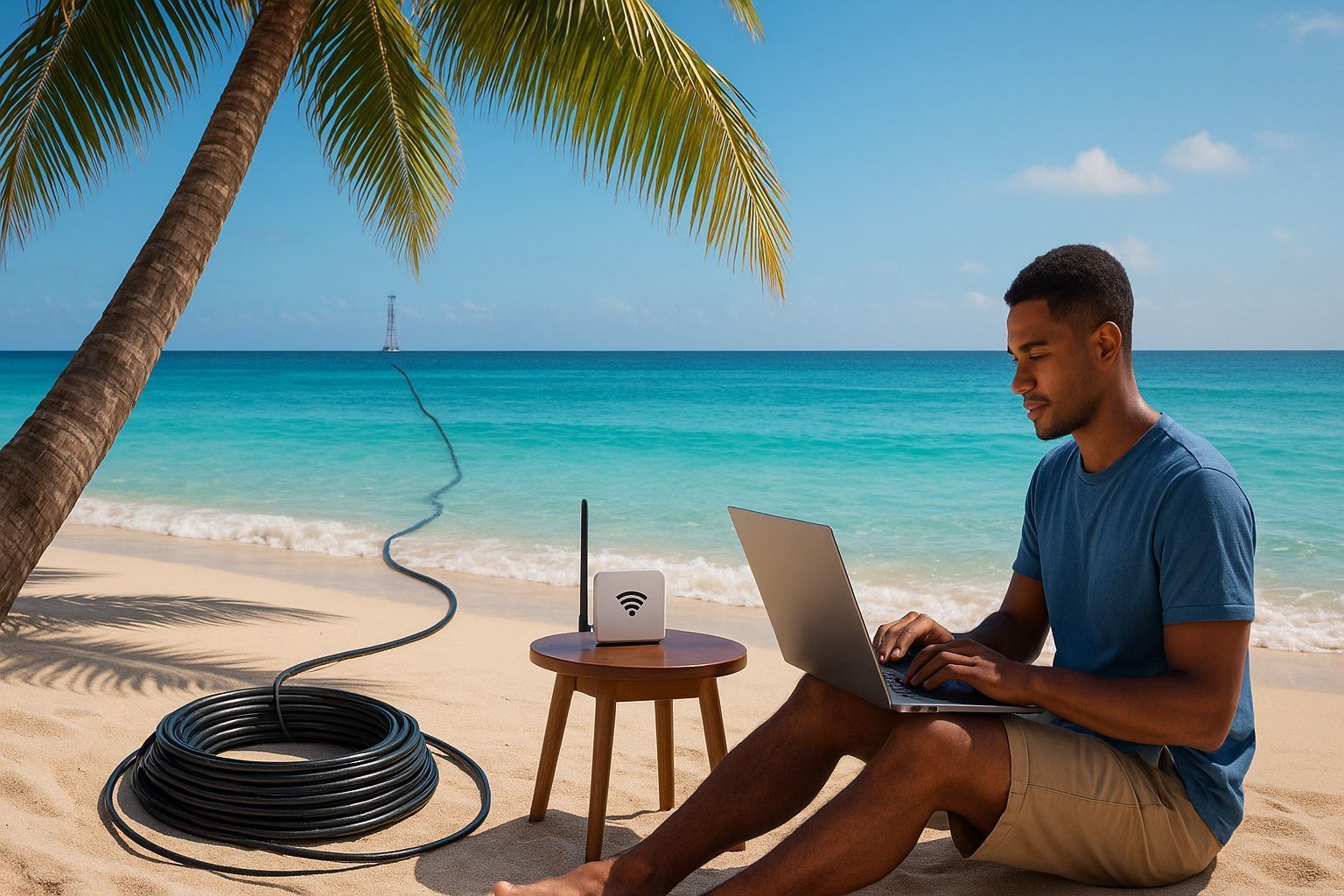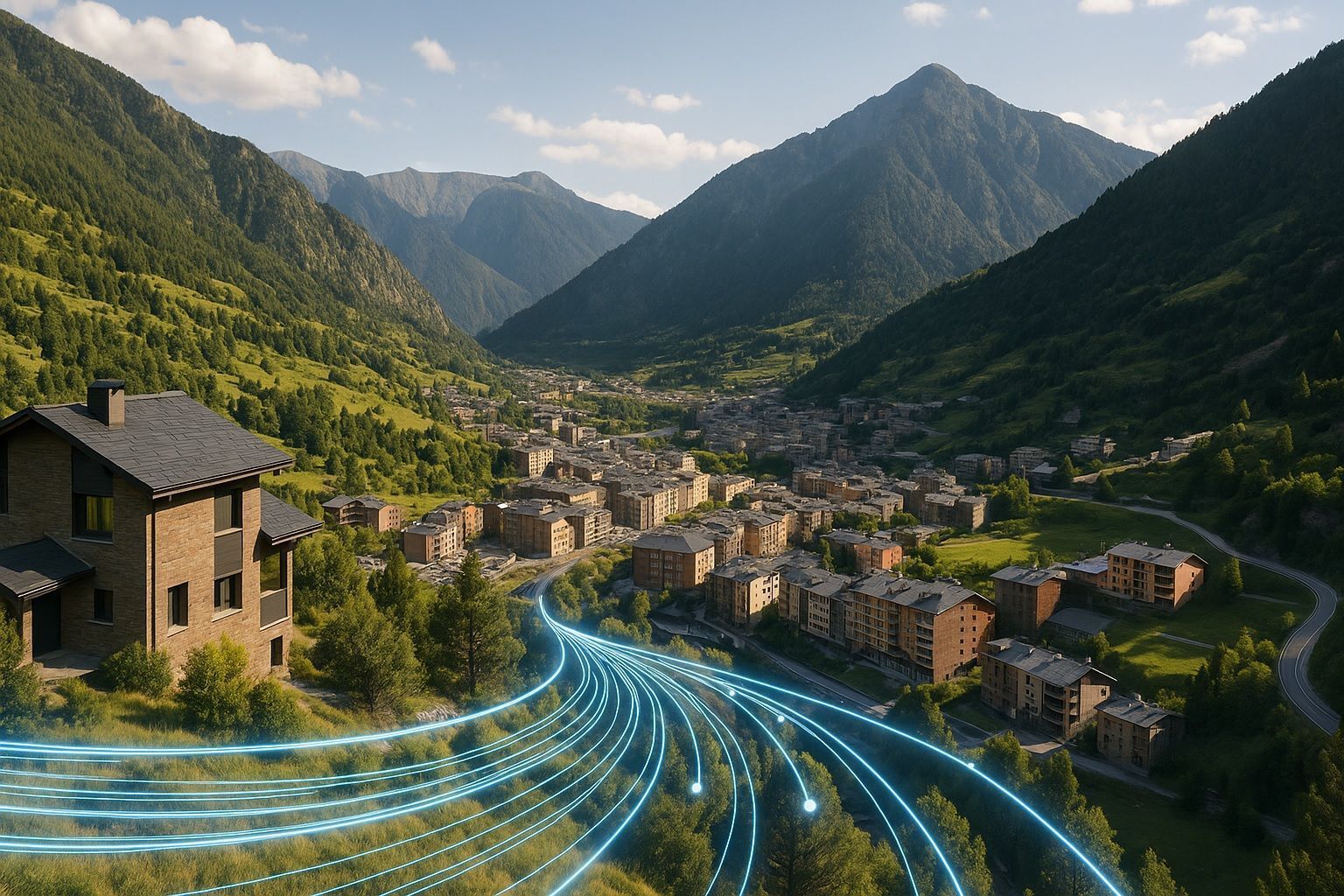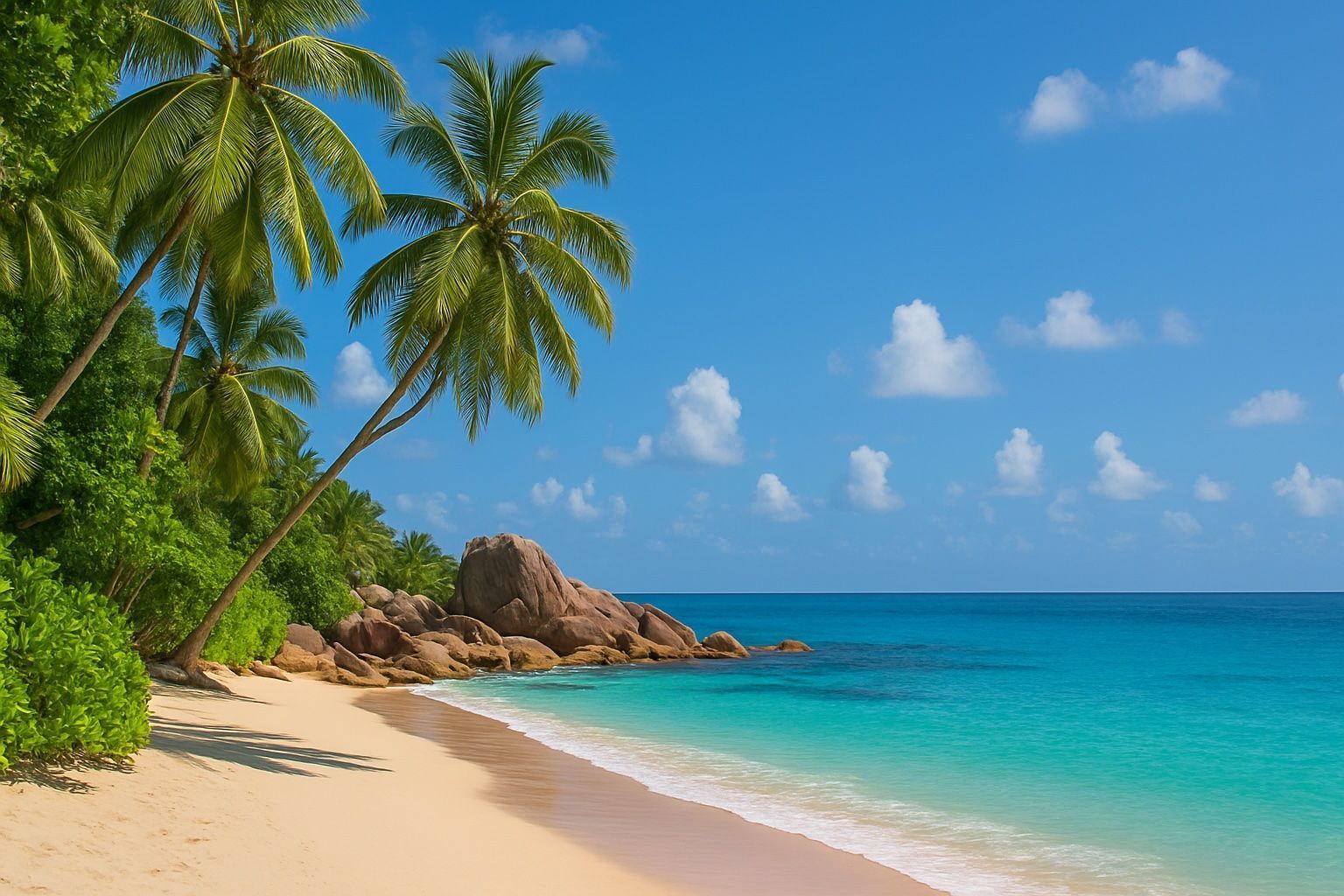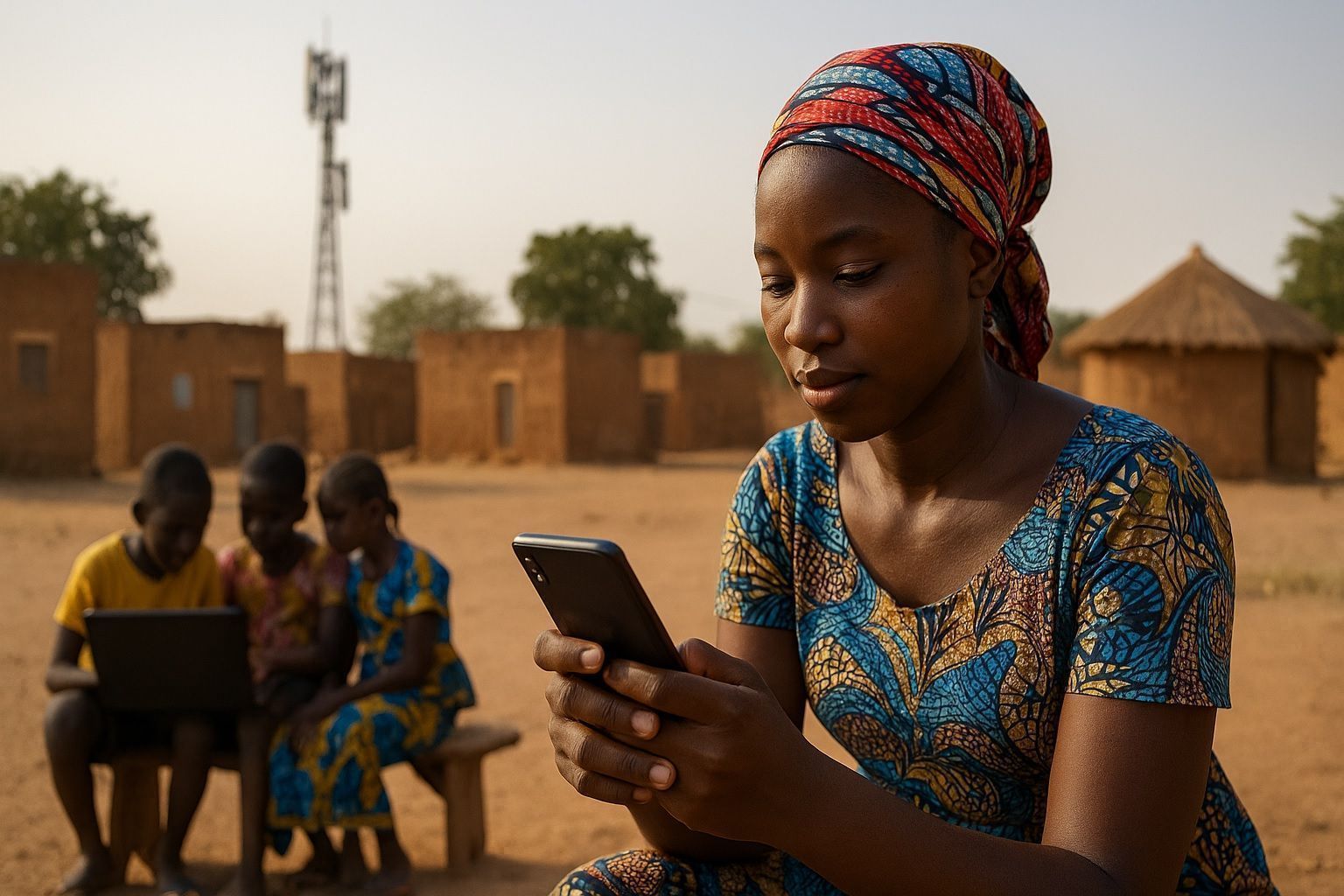
The Shocking Truth About Internet Access in Burkina Faso – From White Zones to Starlink Dreams
As of 2023, internet penetration in Burkina Faso is about 20%, with roughly 4.7 million active internet users in a 23 million population. By late 2023 there were about 17 million mobile internet subscriptions, offering ~77% potential coverage though many subscribers are not active. Fixed broadband remains extremely limited, with about 85,000 active fixed internet subscriptions in Q3 2023, up 140% from 2022. There is a pronounced urban–rural gap: 3G reaches about 64% of the country and 4G/LTE about 46%, 85% have basic mobile signal, 15% have no signal, 1,700 white zones were identified in 2022, of which only 183

